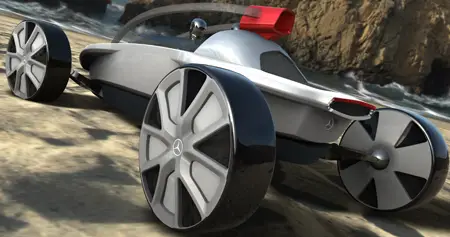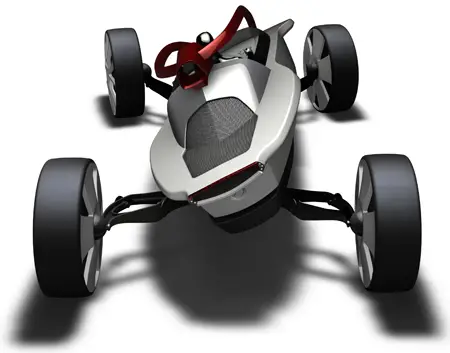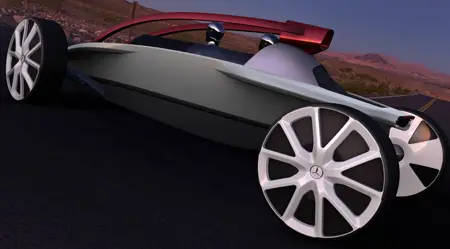There are two areas which I judge to be of great interest to the industry regarding architecture, and I see very little interest from academia
First, how much effort should be put into architecting? In industry there never are unlimited man-power and indefinite time plans. So how do you know that you have done enough architecting? Or did too many people working with the architecture for a too long time? Or when are the gains in putting another man-hour too small to make it worthwhile?
Second, how to define an architecture based on imperfect premises? In practice the architects never have the full picture. There might be requirements missing, stakeholders unavailable or implicit constraints. Similarly the architects themselves are no super-humans, there will be inconsistencies in what they do, things forgotten, lack of crucial knowledge or personal biases, all which cause an imperfect architecture.
Personally I think that these two areas are more important from an industrial viewpoint than further software architecture research on
Architecture Description Languages,
formal methods or
Service Oriented Architectures (the latter may be contested, but I think I am not alone).
At the
4th European Conference on Software Architecture the
workshop in imperfect architecture was cancelled, probably due to too little interest (I heard only 3 papers were submitted). On the other hand I found 7 papers when I scanned the
LNCS proceedings which in their title relates to the subjects above.
I don't find this very promising.
Eoin Woods had a similar conclusion on the state of software architecture research at his ECSA talk when talking about the relationship between code and other design information, such as architecture, where he thought the academic research and the industrial needs are diverging and not converging.
You can also read this related column from IEEE Software:
The Top 10 Burning Research Questions from Practitioners. Especially #4 "Architecture and agile—how much design is enough for different classes of problem?" should get more attention at software architecture conferences.
A colleague of mine at Volvo had an interesting proposition: Since software engineering as a dsiciplin comes from the practitioners the research community wants to keep some distance, in contrast to the "fundamental" researchers in e.g. physics who would be enthusiastic if somebody is interested in applying their theories.
 Jaguar XKR175
Jaguar XKR175 Jaguar XKR175 Rear Angle
Jaguar XKR175 Rear Angle Jaguar XKR175 Front
Jaguar XKR175 Front



















 as posted some prototype fuel economy labels on their web site, and is asking for the public to comment. You can see them in their full detail
as posted some prototype fuel economy labels on their web site, and is asking for the public to comment. You can see them in their full detail 

























